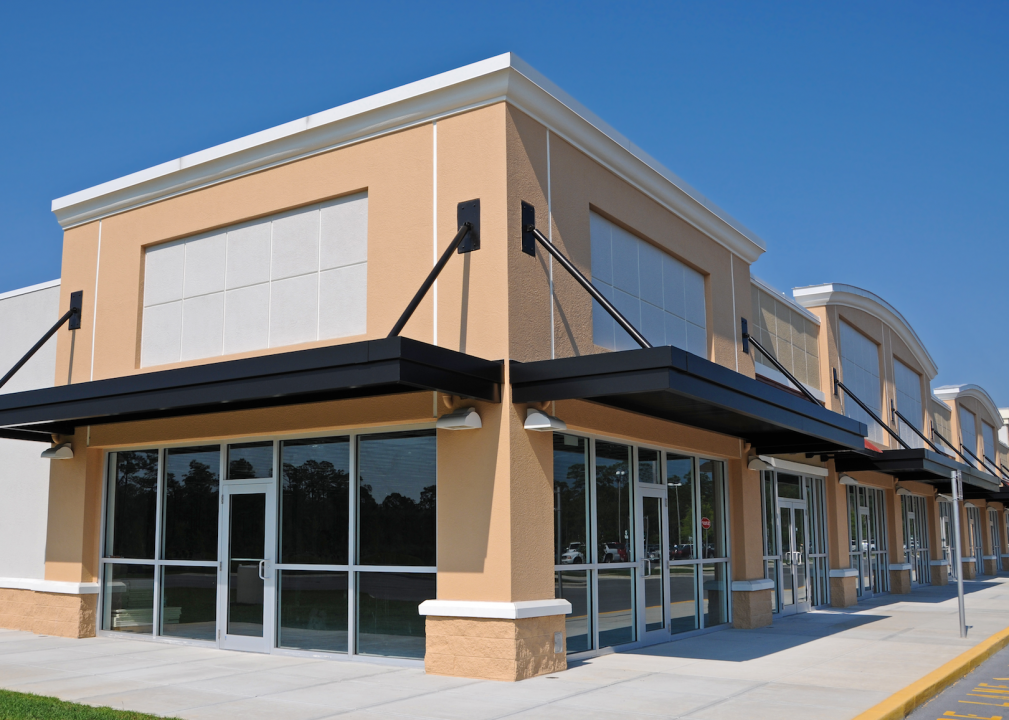Ever dream of owning real estate but don't want to finance, manage, or maintain the property? Consider a real estate investment trust (REIT), an investment vehicle that allows people to invest in diversified portfolios of real estate ventures. REITs have been around since Congress signed them into law in 1960. American Realty Trust was the first REIT; today, REITs own more than $3 trillion in gross assets in the United States and have $2 trillion listed on the stock exchange.
REITs are valuable for a number of reasons. Along with generating income for investors, they help bolster the United States economy and grow local communities. Investors can choose an equity-based REIT like a shopping centre, storage unit, hotel, or office building to generate income. Prisons are even included in some REITs.
A mortgage-based REIT provides real-estate financing through originating mortgage loans and mortgage-backed securities to generate interest income. REITs need to meet many requirements, including paying at least 90% of its taxable income to shareholders.
With more than 80 million Americans investing In REITs through their 401Ks, Stacker identified 15 types of REITs that offer a flavour of the different sectors REIT represents. These include everything from self-storage facilities to hotels. Using information from a variety of sources including industry-leading website Nareit, Stacker also examined how these sectors performed and whether their outlook appears sunny or stormy.

Dmitry Kalinovsky // Shutterstock
#1. Hotels
This sector is seen as having a bright future as a large part of the population visits hotels on vacation with their family or when travelling for business. An uptick in corporate profits coupled with low unemployment and increasing wages bode well for hotels and resorts. Airbnb's impact on the sector remains modest.

Jonathan Weiss// Shutterstock
#2. Self storage
Self-storage REITs generate income from collecting rent from the self-storage facilities they own and manage. A treasure trove for REITs from 2000-2015, they still are seen to have a solid future. Demand for self-storage units is primarily driven by labor market conditions, however, a slowdown in the economy may dim the outlook. The dip in single-family home ownership may benefit this sector which has been helped by “renter nation.”

Dmytro Zinkevych // Shutterstock
#3. Health care: skilled nursing
Skilled nursing REITs own and manage real estate while collecting rent from tenants at skilled nursing facilities. Although REITs in this sector have had to change their strategies due to the challenges of shifting reimbursements, staffing stresses, and regulatory scrutiny, there is still a role for REITs as they may be more attractive than private-pay senior living.

Photographee.eu// Shutterstock
#4. Health care: assisted living
Another health-care REIT sector involving seniors is assisted living. In this model, the REIT owns and manages an assisted-living facility and collects rent from tenants. An aging baby boomer population presents great business opportunities for this sector. This is one area that is not affected by the New Economy: Baby boomers are aging and will need a place to live.

Mark Winfrey // Shutterstock
#5. Health care: medical office buildings
Medical office building REITs, another sector of the health-care consortium where owners benefit from the rent of tenants where they own and manage, is one of the safe harbours of the health-care sector. They are typically free of operator challenges and policy uncertainty.

Gorodenkoff // Shutterstock
#6. Data centres
Data-center REITs (which include server farms for internet needs) are promising—but not without the associated risk. Last year's price slump makes them a good investment today, but you have to be able to ride out the slumps for investments to make sense. These REITs are more suitable for young investors.

Nalidsa // Shutterstock
#7. Timber
Timber REITs own and manage timberland properties involved in the harvesting and sale of timber. Its performance is tied to the housing market and economic direction. When the economy is strong, there is an increase in the demand for lumber to build houses. However, investors need to watch the declining demand for paper and the import of logs from foreign countries like Russia as leading indicators of the sector's overall health.

hans engbers // Shutterstock
#8. Office
Office REITs, which own and manage office real estate and rent space to tenants, are seeing continued growth opportunities. At Nariet's REITweek, President of Boston Properties Douglas Linde reported a robust outlook for leasing by corporate America. Linde noted that life science and tech tenants have over the last decade contributed to a majority of the demand.

Marripopins // Shutterstock
#9. Mortgage
Mortgage REITs, known as mREITs, lend money to real estate buyers or acquire existing mortgages or mortgage-backed securities (MBS), and earn their revenues from the interest on their mortgage loans. Three reasons why these high-yielding stocks may be a good investment include the profitability of dividend stocks, their value as a hedge against the stock market's inevitable downside, and they can be reinvested into additional shares of dividend-paying stocks.

Petinov Sergey Mihilovich // Shutterstock
#10. Industrial
Industrial REITs, including warehouses and distribution centers, reported an average growth of 21% in 2019 and may produce stronger returns in years to come. The facilities offer a stunning trifecta of solid demand, limited new properties, and steady growth in rental income, according to reporting from Barron's.

DonLand // Shutterstock
#11. Residential: single family
Despite a strong performance in the residential sector, single-family REITs took a step back in 2018. While growing pains in the new sector are of concern, removal of home-ownership tax will help this sector grow as more people opt to rent.

Steve Rosset // Shutterstock
#12. Residential: multi-family
Rent growth and demand created a good year for the REIT multi-family sector, which owns and manages multi-family buildings and rents them to tenants. The upcoming year could be a mixed bag due to less construction of multi-family buildings.

FXQuadro // Shutterstock
#13. Residential: student housing
Student-housing REITs are consistent as viable tenants can be always be found year after year. They rely on strong relationships with colleges and can return an astounding 14% as they did in 2017.

Mark Winfrey // Shutterstock
#14. Retail
Retail REITs include large regional malls, outlets, and shopping centres anchored by grocery stores and big-box retailers. Free-standing retail REITs delivered a 13.93% total return for the year, making them the highest-performing segment of the REIT market in the United States last year.

Evgeny Gubenko// Shutterstock
#15. Specialty
Specialty REITs are unique and don't fit in neat categories like other REITs. They own and manage niche properties such as movie theatres, farmland, outdoor-advertising sites, and casinos. Specialty REITs can deliver a dividend yield as high as 8%. GEO, a prison REIT, delivered a dividend of 8.44%.



